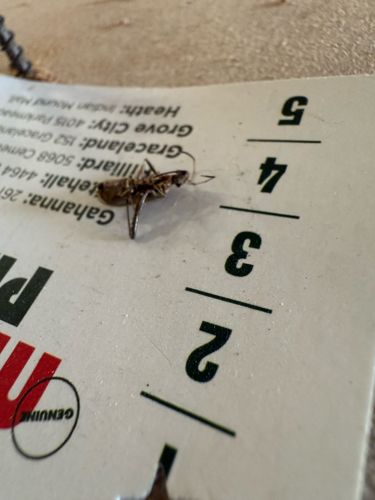Cockroach
Scientific Name: Blattodea (Order)
Order & Family: Blattodea (Order), various families including Blattidae and Ectobiidae
Size: Depending on the species, cockroach adults can range from 1/2 inch (1.2 cm) " to 3 inches (7.5 cm) " or more in length. The specimen in the image appears to be approximately 1.5 - 2 inches long, which is consistent with some common species.

Natural Habitat
Cockroaches are highly adaptable and found in a wide variety of habitats globally, from tropical to arid regions. They are typically found in dark, warm, and humid environments, often near sources of food and water. This includes kitchens, bathrooms, basements, wall voids, sewers, and outdoors under leaf litter, logs, or in gardens. The specific species can influence the exact habitat.
Diet & Feeding
Cockroaches are omnivorous scavengers. They can eat almost anything, including food scraps, decaying organic matter, glue, paper, fabric, pet food, and even other insects. They are particularly attracted to sugary, greasy, and starchy foods.
Behavior Patterns
Cockroaches are primarily nocturnal, hiding during the day in cracks and crevices and emerging at night to feed. They are known for their rapid reproduction rate, resilience, and thigmotactic behavior (preferring enclosed spaces where they can feel surfaces with their bodies). Some species can fly, while others only glide. They undergo incomplete metamorphosis (egg, nymph, adult).
Risks & Benefits
Risks: Cockroaches are considered pests. They can transmit bacteria and pathogens, contaminate food, and exacerbate allergies and asthma in sensitive individuals due to their shed skins and droppings. They can also cause an unpleasant odor in heavily infested areas. Benefits: In natural ecosystems, some species play a role in decomposition and nutrient cycling, consuming decaying organic matter.
Identified on: 9/17/2025